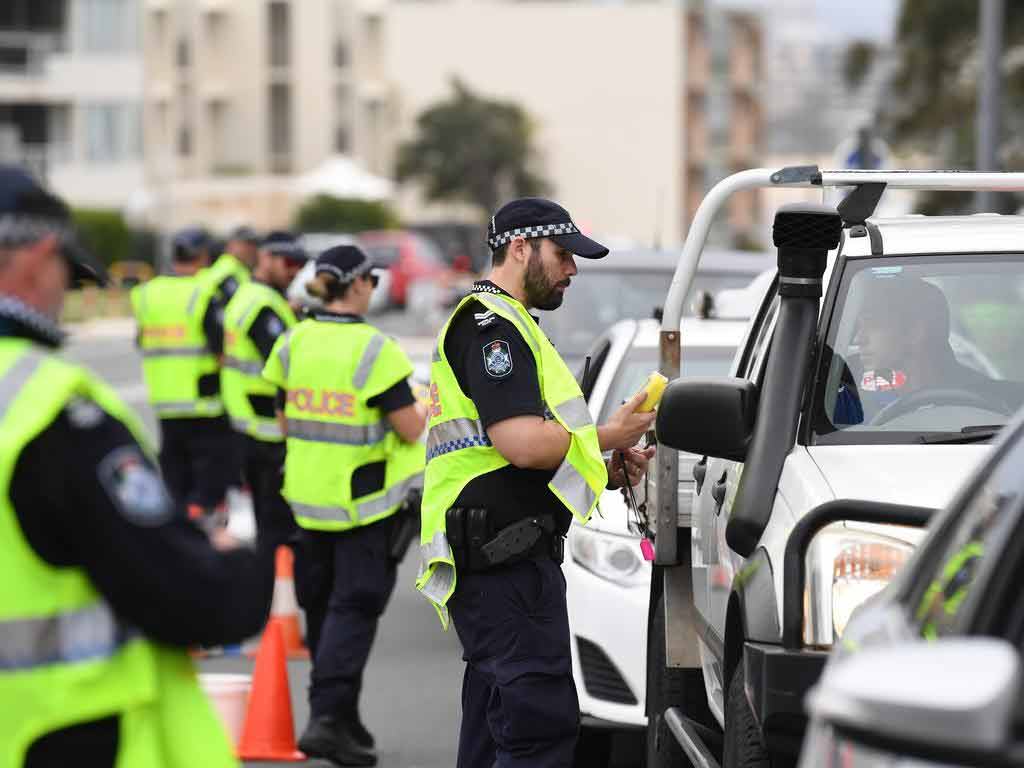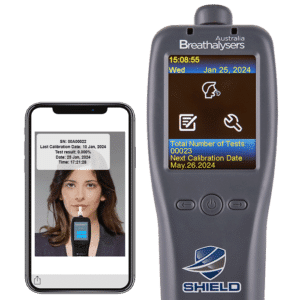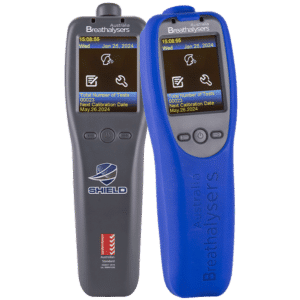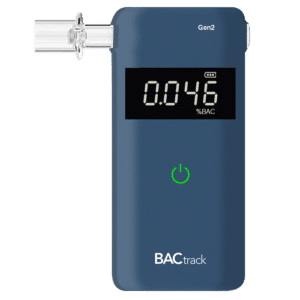Police Drug and Alcohol Testing – When Is It Required?
08 November, 2023

Police officers conduct customary roadside testing to determine the presence of drugs and alcohol in drivers. This measure aims to minimise road accidents and promote public safety. Individuals are subject to police drug and alcohol testing in various circumstances. The first is during a mandatory sobriety inspection while passing through a checkpoint. The other instance is if police suspect a driver to be under the influence of alcohol or illegal drugs.
Impaired driving is one of the main causes of accidents and injuries on the roads. As such, law enforcement implements strict rules regarding driving and substance use. One of these measures is the prohibition of illicit drugs and setting an alcohol limit. People who violate these laws are subject to fines and penalties. This article will cover the purpose of drug and alcohol testing by police officers, the testing methods, and the consequences of positive test results.
What is Police Drug and Alcohol Testing, and When is it Needed
Police drug and alcohol testing plays a crucial role in ensuring public safety and enforcing laws related to impaired driving. Officers have the authority to administer these tests to individuals suspected of driving under the influence of substances (DUI). It allows them to determine the level of impairment of a driver and whether they violated any laws.
The test involves the analysis of biological samples to detect the presence of illicit drugs and alcohol. Police officers may require drug and alcohol testing at random or when they have a reasonable suspicion. In addition, they use rapid testing devices that can give the results within minutes. Therefore, they can impose on-the-spot fines or penalty units on offenders.
When officers ask to test, it is important for drivers to cooperate. They will be asked to pull over and provide a sample. Some may perform a field sobriety test, which assesses the physical and mental abilities of a person to operate a vehicle safely. Refusal to take the test may constitute a corresponding penalty.
Purpose of the Process
- The primary purpose of the test is to identify individuals who may be operating a motor vehicle with alcohol or drugs in their system.
- Remove high-risk drivers from the road. This helps prevent or minimise accidents and protect lives.
- Deter substance use or abuse for heavy or chronic users.
- Impose legal charges for offenders.
- Get an objective measurement of the level of impairment of an individual. The test can evaluate the judgment, focus, reaction time, vision, and balance of a person.
- The results of evidential testing are admissible in court or legal proceedings.
- Reduce cases of drink or drug driving.

Types of Procedures of Police Drug and Alcohol Testing
Police drug and alcohol testing involves several procedures to identify intoxicated drivers. Firstly, the saliva test is a standard method for detecting illegal substances. A saliva sample can trace THC (cannabis or marijuana), amphetamine or crystal meth, cocaine, and MDMA or ecstasy. It is also inadvisable to drive after taking prescription medications that cause drowsiness.
Secondly, a breathalyser test can detect alcohol through the breath sample. A police breathalyser can also measure the Blood Alcohol Content (BAC) or the level of impairment. The device analyses the sample and displays the BAC results within seconds. If individuals exceed the legal blood alcohol limit, they are subject to drink driving charges.
Finally, if the preliminary breath or saliva screening is positive, the driver must submit to an evidential test at a police station. It involves the use of an infrared spectrometry device to obtain an accurate alcohol reading. Blood or urine testing can provide a detailed analysis of the drug concentrations in the system. The results of these procedures are admissible in the justice system.
Who is Subject to the Test
The test applies to all drivers throughout the country, regardless of their age or type of license. For example, individuals passing through a checkpoint must provide a sample upon the request of an officer. The test is also necessary for people who are pulled over for reasonable suspicions of DUI.
Signs of intoxicated driving include swerving, tailgating, sudden braking, speeding, and other erratic behaviour on the road. In addition, police can carry out these tests to those involved in an accident. Furthermore, authorities may conduct random roadside drug testing or alcohol breath screening without warning or reason. This can help maintain road safety.

What to Expect After a Positive Police Drug and Alcohol Testing Result
A positive police drug and alcohol testing result can have serious consequences. Firstly, legal charges may follow depending on the jurisdiction and the specific circumstances of the incident. After getting a positive test result, individuals can expect further police interrogation. It can lead to severe penalties.
Individuals may also expect to receive a court order requiring attendance at a hearing. Hence, it is advisable to consult a lawyer or legal expert to prepare for the judicial process. Individuals can also request a second opinion test through a blood sample if they believe the results are inaccurate. However, they must check the accredited laboratories where to take the test.
Lastly, individuals with substance abuse or repeat offences may be subject to an alcohol interlock or drug awareness program. An alcohol interlock involves the installation of an ignition interlock device in motor vehicles. This requires a breath test to allow the person to drive. These programs help to reduce the risk of reoffending and promote road safety.
Penalties and Charges
Drink and drug driving offences may lead to significant fines, loss of license, and jail terms. The severity of the alcohol and drug driving charges depends on various factors. Primarily, the court may base it on the alcohol and drug concentration levels at the time of testing.
The fines start from $2000, while the term of imprisonment may range from three months to ten years. Additionally, drivers may face a minimum of a 6-month suspension period. People may also have to complete community service. Lastly, the maximum penalty applies to individuals if their driving has caused harm or even death to others.
Conclusion
Police drug and alcohol testing is an effective measure to keep roads safe. It helps to identify drivers under the influence of drugs. This method involves roadside drug testing and alcohol screening. Police officers employ oral fluid tests to detect drugs in saliva. On the other hand, a breathalyser device can detect alcohol and measure the BAC. Therefore, they can identify drivers posing safety hazards on the road. This helps to prevent accidents concerning drug or drink driving.
The effects of drugs and alcohol can be dangerous to both drivers and other road users. It causes blurred vision, impaired judgment, slow reaction time, and poor coordination. Thus, alcohol and drug driving laws are in place to deter substance use or abuse. Furthermore, individuals have to be aware of their rights and consequences in case of a positive result. They may get penalty units, fines, jail time, and loss of license, depending on their impairment assessment.






























